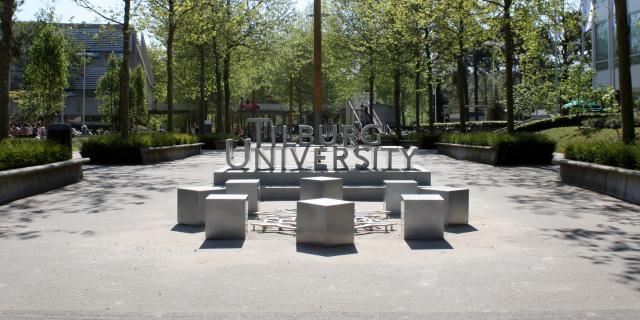Filtering reality: (Re)constructing media literacy programs related to body image on social media in co-creation with pre- and early adolescents+C50+C57
Dr. A.M.M. Hermans, dr. I.I.M. Vanwesenbeeck, dr. M.L. de Boer, dr. E.A.J. Croes, dr. Sophie Boerman (Wageningen Universiteit), dr. Jolanda Veldhuis (VU Amsterdam), I. Godtschalk (Mediawegwijs)
The potentially negative impact of social media use on (pre) adolescents, particularly in terms of decreased self-esteem and body image issues, has been widely discussed. Concerned with adolescents’ (excessive) use of social media, the Dutch government has explored the potential and scope for mandatory media literacy programs.
Although not mandatory yet, several programs for both primary and secondary school pupils are already being offered by various (commercial) organizations. However, these existing programs have often been developed by pedagogical and/or academic experts. As (pre) adolescents are active users of social media, and their social media usage is rapidly evolving, the aim of this project is to assess whether these top-down programs reflect and complement their needs and experiences. Questions regarding the suitability of both content and (delivery) formats of these programs need to be evaluated in conjunction with developers and (intended) target users.
This project will address the above questions and will investigate the opportunities for (re)new(ed) media literacy interventions especially related to (pre)adolescents’ body image.
Project objectives
The project comprises two phases, with the first phase having the following objectives:
- determine the status quo by developing an inventory of existing media literacy interventions related to body image;
- explore how (pre)adolescents experience (the effectiveness) of particular programs through ethnographic observations, focus groups, and in-depth interviews;
- identify any perceived issues or gaps in existing programs and to explore needs and ideas related to particular media literacy interventions.
Building on insights obtained during the first phase, the second phase centers around the co-creation of a (re)new(ed) media literacy intervention. A blueprint for this intervention, which will be the main outcome of this current project, will be executed by developers at Mediawegwijs.
Potential impact
Firstly, the proposed body image intervention which will be developed as part of this project is expected to have a positive impact on young people’s body image.
Secondly, the scientific impact of this project lies in the development of a co-creation methodology for media literacy, which is not standard yet.
Thirdly, the blueprint for a (re)new(ed) media literacy program forms the basis for a follow-up project in which the program will be evaluated. Moreover, this future project will also engage additional relevant actors in the (pre)adolescents’ lives (e.g., parents/guardians and community leaders) to gain a wider understanding of the environmental/social context in which social media usage is embedded.
